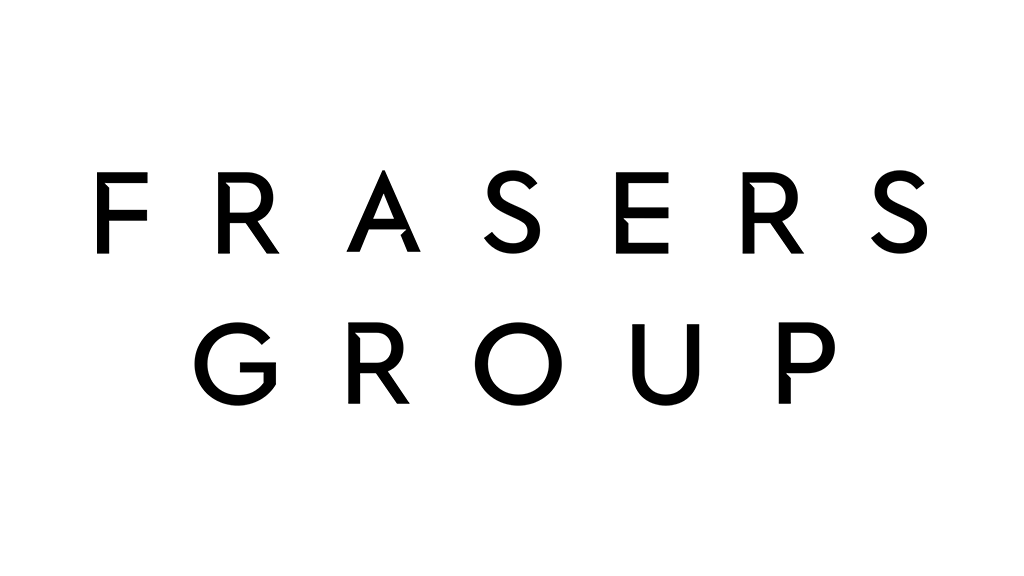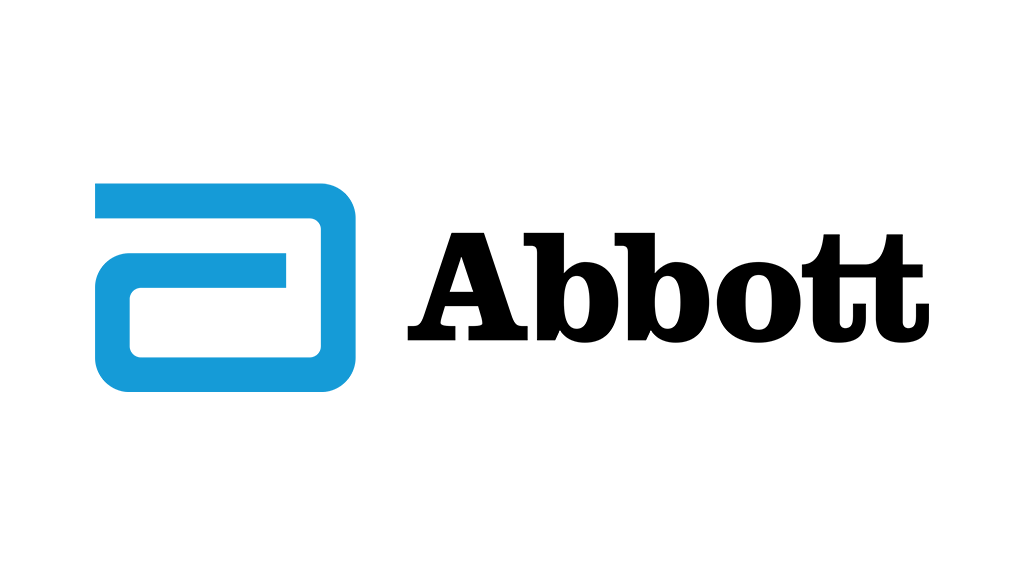Reginald G. Jackson, Sr. PCC
Leadership Coach

Reginald G. Jackson, Sr. PCC
Reginald G. Jackson, Sr. is a United States Marine Corps veteran and served on active duty for more than 20 years. His coaching philosophy is turning chaos into clarity through systems and process. As a Professional Certified Coach (PCC) credentialed by the International Coaching Federation, Reginald’s clients range from emerging leaders to senior executives in the public and private sectors. His leadership experience spans four decades and has allowed him to develop an innate ability to quickly zero in on what will elevate the coaching experience from transactional to transformational. He’s able to effectively create a space for reflection and introspection. This ultimately manifests life-changing results that impact his clients, their teams, and the organization at large. It also inspires them to become change agents at work, at home, and in their community. The areas of development he’s most known for are building highly effective teams, organizational change management, enhancing communication skills, and legacy leadership. Reginald is sought after as a workshop facilitator, panelist, and keynote speaker. He also serves as a Coach Supervisor, Mentor Coach, trainer, and facilitator. As a way of giving back to the coaching community, he supports several coach training programs and is responsible for teaching and leading others to become professional coaches.
Honest Feedback: What Every Leader Needs to Know
In today’s fast-paced and competitive business environment, leaders play a crucial role in providing feedback to their team members. Feedback can be formal or informal. Its primary purpose is to identify areas of improvement or acknowledge positive performance. However, many leaders struggle when it comes to delivering effective feedback. In this article, we will explore the importance of feedback, the misconceptions surrounding feedback, and how leaders can foster a culture of growth in their teams.
Redefining Feedback
Feedback is the act of sharing observations about someone’s actions, behavior, or performance. It can highlight strengths and areas of improvement, making it a powerful tool for personal and professional growth. Instead of categorizing feedback as positive or negative, let’s focus on delivering it with the intention of benefiting the recipient.
The Pitfalls of the Compliment Sandwich
One common approach to delivering negative feedback is the “compliment sandwich.” This method involves inserting or sandwiching the “negative” feedback between two “positive” comments. While it may seem well-intentioned, it can be perceived as insincere and disingenuous by the recipient. Effective feedback should be transparent and straightforward, promoting openness and trust between leaders and their team members.
Clear Expectations and Ongoing Communication
To foster growth and development, leaders must remember the importance of regular feedback. Providing ongoing communication and documenting evaluations ensures feedback is never a surprise. As leaders, we should be confident in setting clear expectations and supporting our team’s success. Feedback is a tool for growth, not criticism. This creates a culture of open communication and continuous improvement.
Empathy and Perspective
When you approach the feedback process with empathy and perspective it puts you in your team members’ shoes. This allows you to embrace their struggles, challenges, and successes in a way that promotes partnership. Making mistakes and missing the mark are not only inevitable but they are also opportunities for growth. This is where feedback can mean the most.
Leading by Example
It is essential to lead by example. Never be afraid to regularly request feedback from your team. By practicing what you preach, it allows you to maintain open dialogue and to also be receptive to feedback from your team. Creating an environment where feedback flows in both directions, not only improves the team’s overall performance but also strengthens trust and camaraderie.
Conclusion
Feedback is feedback. It’s neither negative nor positive. It’s informative and intentional. The intention is to inform the recipient of what you observed. If the ultimate goal of feedback is improvement, it’s impossible to be negative. State what you have observed. If improvement is the goal, identify the future state. Then offer a suggestion or suggestions as to how to achieve that future state.
When we offer feedback, it’s about something that is being done well, needs to be done better, or perhaps done differently. Feedback aims to bring awareness to what you are pleased with or what you believe will achieve a desired result. If the intention of your feedback is for the benefit of the recipient and ultimately the organization, it’s a win-win situation.
As you develop your leadership style, it’s always a good idea to consider what impact you want your leadership to have. As an active duty Marine, my mantra was: “I’ll never ask you to do anything I have not done, cannot do, or would not do myself.” With that in mind, there was never a question as to what was required or expected. I was confident my Marines not only had the skills and training necessary, but they also knew I trusted them to carry out the mission and would support them even in the midst of making mistakes (which are inevitable). What is needed or necessary for the team you are leading? How does your leadership align with the organization’s mission? How can you best provide an atmosphere of tolerance so your people can grow? These are just a few of many questions that will help guide you along your journey of developing a feedback style that will yield the results you ultimately want to achieve. The legacy of your leadership depends on it.















































